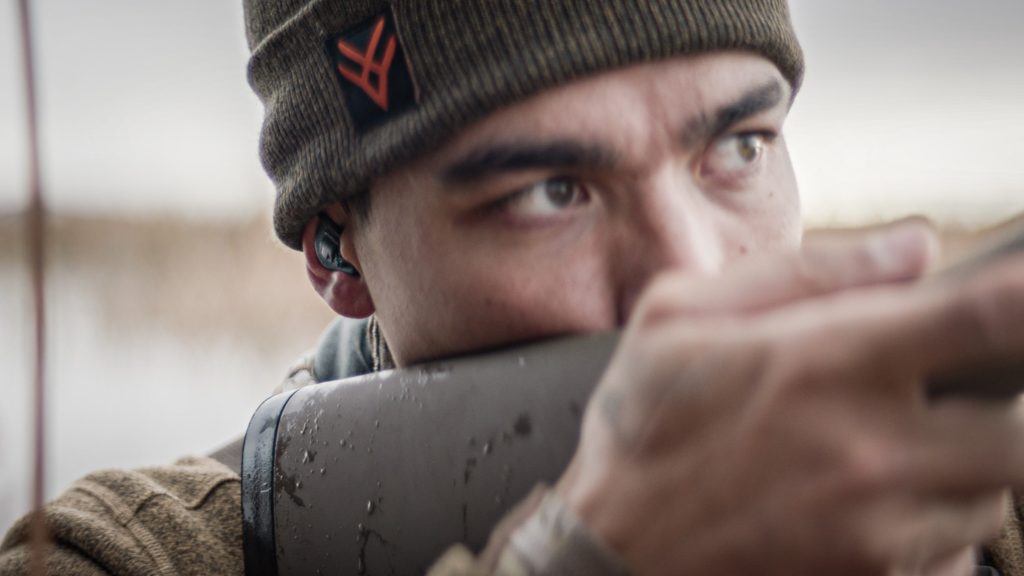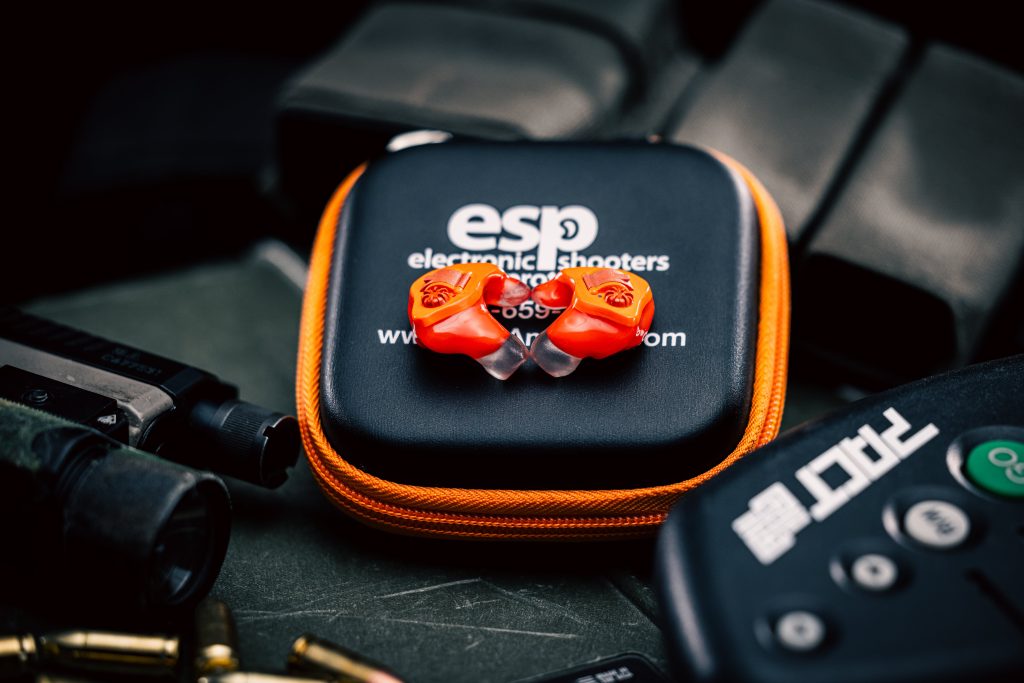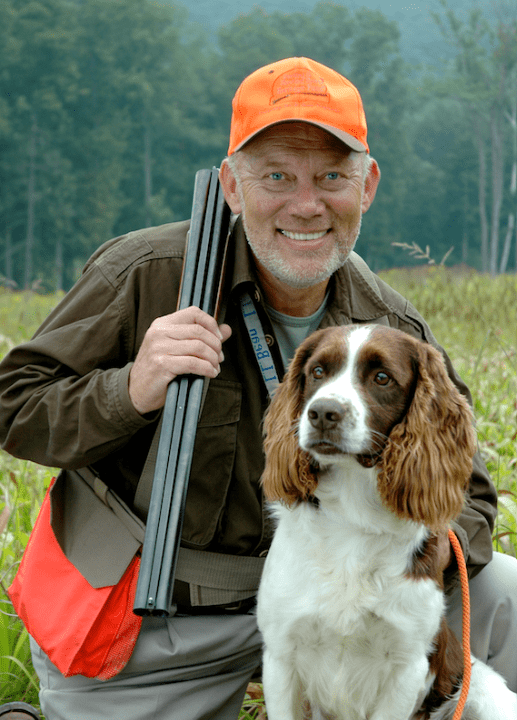Let’s start with the bad news first: Hearing loss is both irreversible and, in a sense, insidious. Irreversible because to whatever extent your hearing might be diminished, there is no way to “gain back” that loss. Insidious because hearing loss typically creeps up on you and, to an extent, can go unnoticed. That’s because we lose the ability to hear higher frequencies first. While you may have no problem hearing your hunting buddy declare, “It’s Miller time!” your granddaughter’s voice may not be so clear at all.

Part of the problem is age-related hearing loss, or presbycusis. This type of loss affects about 13 percent of adults in their 50s and then soars to over 50 percent of Americans over 70. As with a gradual loss of vision as we age, presbycusis is not preventable. As they say in the sports world, nobody beats Father Time.
Loud noises, of course, can also play a major role in hearing loss at any age both in terms of repetitive exposure and decibel level. Described as sensory-neural hearing loss (which also cannot be reversed), the Centers for Disease Control warns listening to music on a smartphone at the maximum volume allowed on these devices (105-110 decibels) can cause hearing damage in less than five minutes.
So, what’s the level of noise from typical gunfire? As a rule of thumb, whether rifle, handgun or shotgun, the decibel level is 150 dB, plus. Heavier calibres and shorter barrels push that level up. A shot from a 7 mm Magnum (with a 20” barrel) comes in at over 155 dbs. In handguns, a .357 Magnum or .41 Magnum come in at over 160dBs.

Ported barrels and muzzle brakes will significantly raise decibel levels. About 20 years ago, I was on safari in the Limpopo region of South Africa. I leveled the sights of my .300 Win Mag rifle (with a ported barrel) on a very nice Eland. In my excitement, I forgot to put my earplugs in. At the shot, my ears were slammed with pain and didn’t stop ringing for three days. It’s not just a few decades on the trap line, but also a single shot that can cause acoustic trauma.
The good news is that sensory-neural hearing loss can be avoided with proper hearing protection. As with any safety equipment, ease of use and comfort are an important part of the equation.

Traditional over-the-ear muffs can be effective but are, in my view, cumbersome and uncomfortable to wear, especially in warmer weather. It’s also easy to bump your stock on the muff as you bring your shotgun or rifle to shoulder. Disposable soft foam plugs can also work but must be properly inserted in the ears to be effective. In my experience, it’s not uncommon for these foam plugs to wiggle out of position.
As much as these devices muffle the loud noise of gunfire, they also make it all but impossible to hear sounds at normal levels, such as a conversation between you and your squad mates.
So, what’s the best answer? For my money, it is the products made by Electronic Shooters Protection (ESP). Since 1994, ESP has been making earplugs that are custom fit to each customer’s ears to provide for a precise, comfortable fit while simultaneously amplifying normal sounds around you. You get the sound suppression you need without experiencing the “silent treatment.”

Employing advanced noise compression circuitry, ESP earplugs protect you from noises over 90db while allowing you to easily hear the sounds you want to come through. ESP’s newest model, the Apex, features breakthrough technology in wind noise suppression and sound reproduction quality. “Imagine,” notes ESP owner Jeff Thurston, “the benefit of effortless conversation with your hunting buddies or squad mates while also easily hearing the critically, whispered advice of your guide or being the first in your group to hear the flush of a bird or the launch of the trap machine.” In any environment, in the field or on the range, the Apex offers hunters and shooters a unique advantage and allows them to fully enjoy their day.
“What’s more,” Thurston adds, “is that for customers experiencing some level of hearing loss, the Apex earplugs can be custom tuned to your hearing test results.”
ESP custom-fitted earplugs are rugged (every pair ships with P2i Waterproof Nano-Coating Technology) and yet can be comfortably worn all day. “What it comes down to,” Thurston emphasizes, “is that our custom fit in-the-ear earplugs protect your ears from damaging noise while actually enhancing your ability to hear the conversations and natural sounds you want to come through. It’s a combination that’s tough to beat.”
About the Author
Doug Painter served on the staff of the National Shooting Sports Foundation from 1973 until his retirement in 2011. Beginning his career as a media-relations specialist and writer, he eventually worked his way up the ladder in various positions until in 2002 he was named president and CEO of the NSSF.

At the same time, he was president of the Hunting and Shooting Sports Heritage Fund and the Sporting Arms and Ammunition Manufacturers’ Institute. Following his retirement, Painter served as the NSSF’s Senior Advisor and Trade Liason. Doug then became a well known writer primarily with Sporting Classics magazine and as editor-in-chief of the Boone and Crockett Club magazine, Fair Chase.
Through his efforts at NSSF, his writing and work as a widely recognized television personality, Painter has focused on increasing public visibility and acceptance of the shooting sports and promoting firearm safety education.
Stay tuned for more great content from Mr. Painter!
